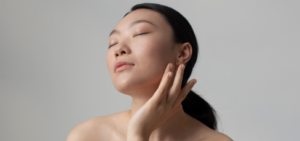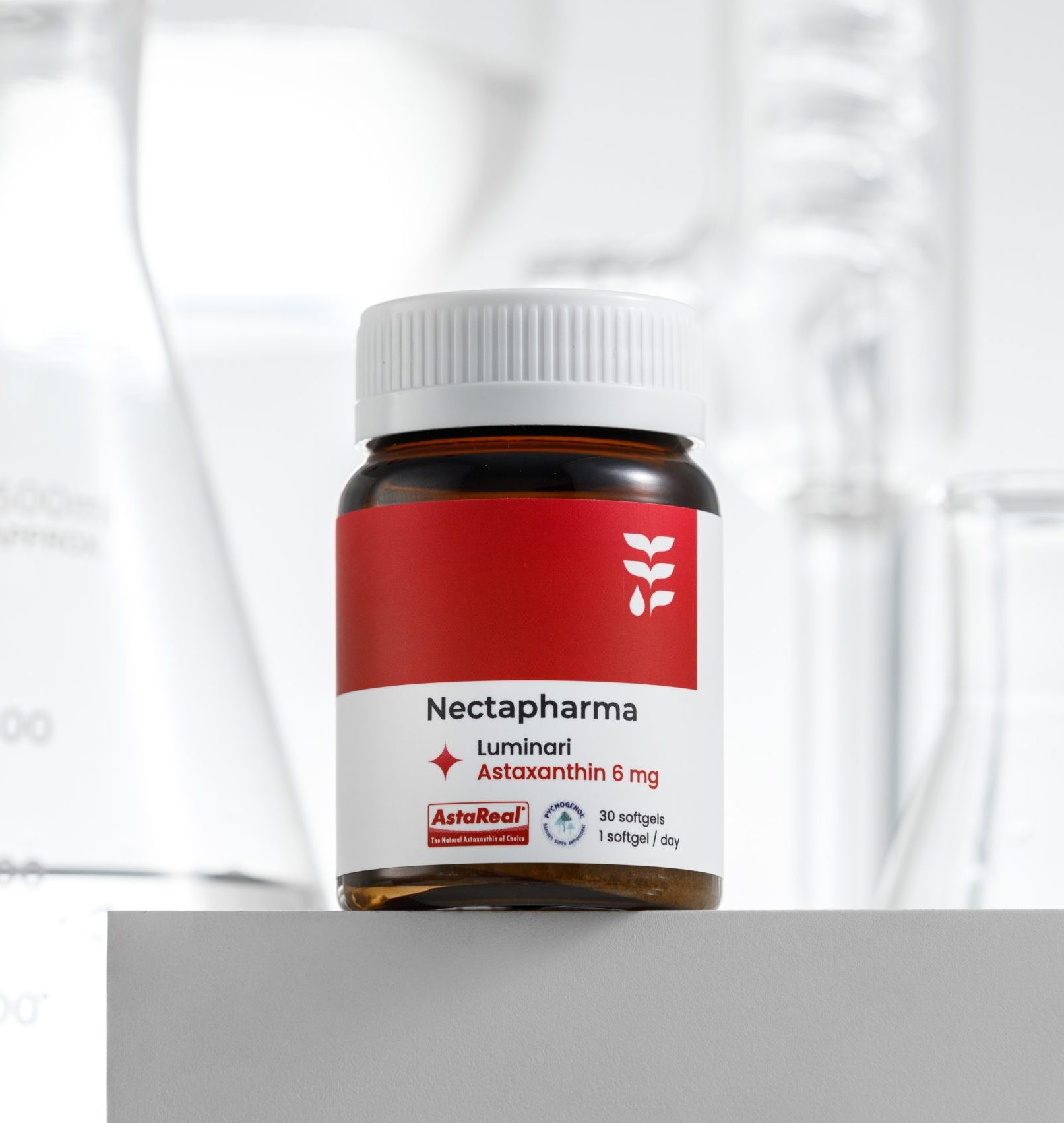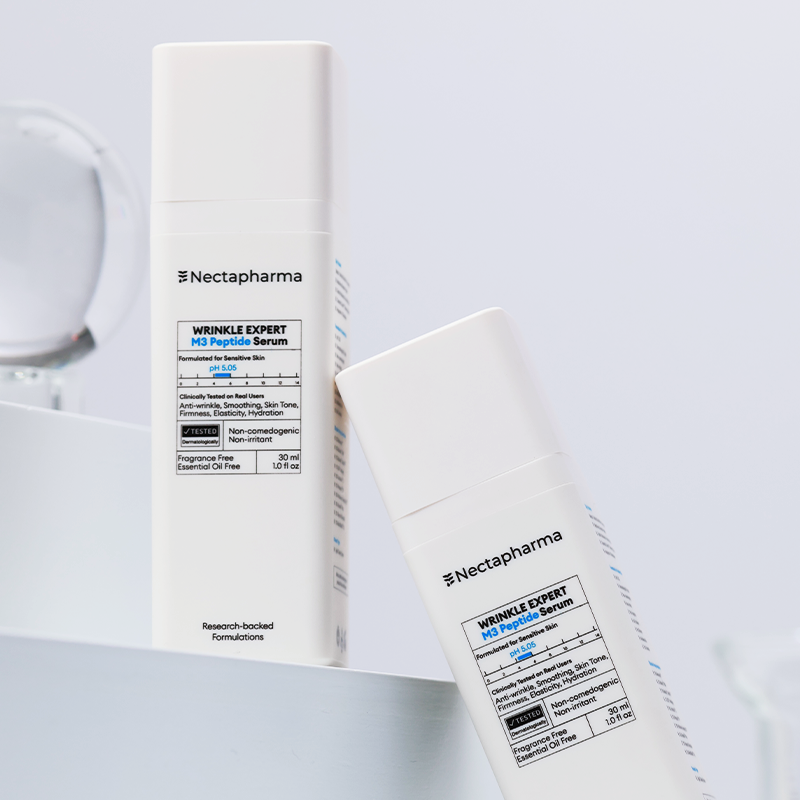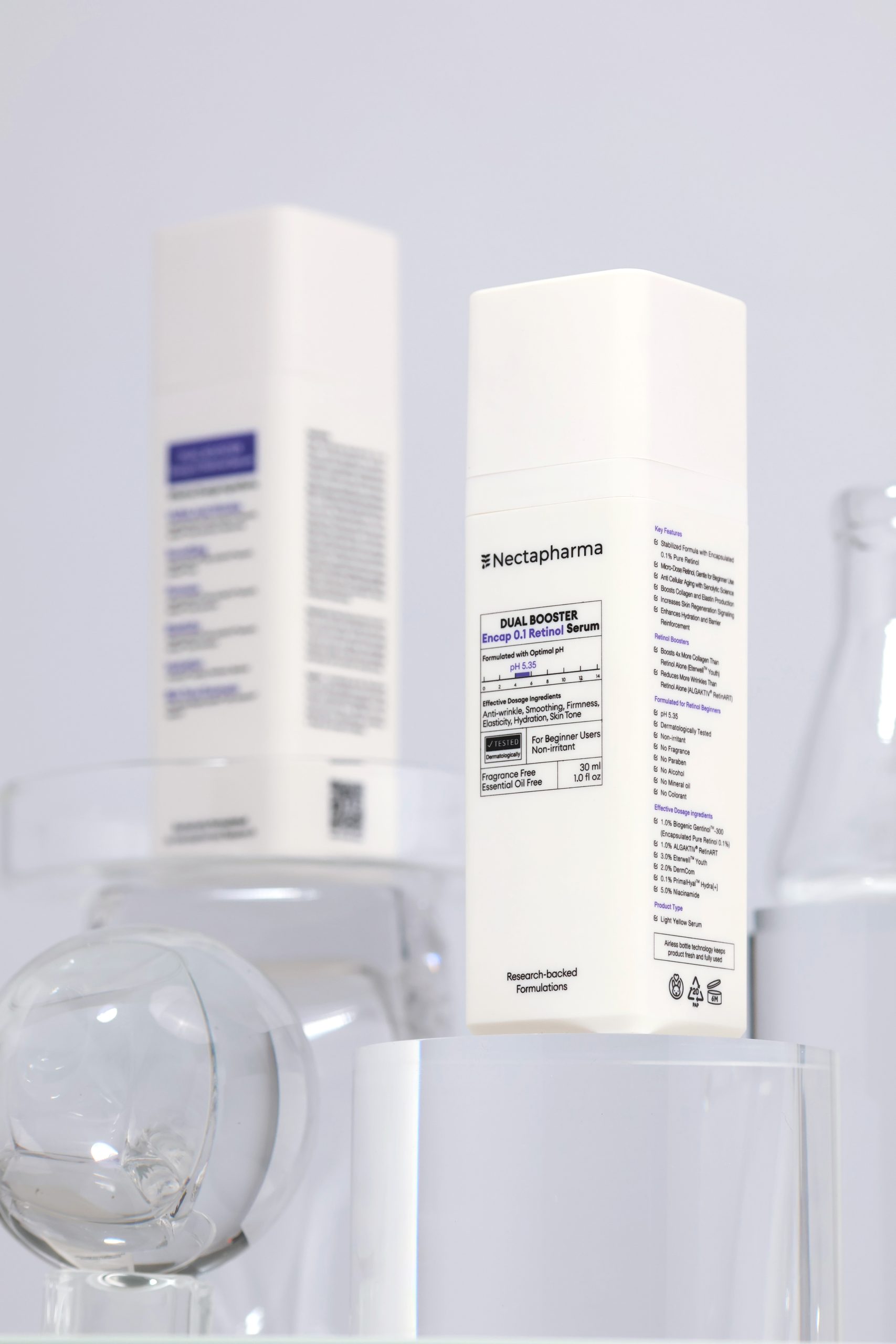Nectapharma’s take
Hesperidin Methyl Chalcone (HMC) is a very interesting antioxidant as it is one of the rare Barrier Repair Antioxidants. It is able to increase Filaggrin and B-glucocerebrosidase which are essential for Ceramide production. The other notable use for HMC is its ability to reduce capillary permeability for dark cicles around the eyes. One major drawback is its super bright color; it is highlighter yellow and can stain anything it touches. Using it at high concentrations can make your skin appear jaundiced.
| Common Name | Hesperidin Methyl Chalcone |
| INCI | Hesperidin Methyl Chalcone |
| Source | Citrus fruits |
| Present in | Vitamin X |
| Benefits | Antioxidant, Anti-inflammatory, Barrier Repair, Anti-aging |
TLDR
Usage rate at 0.05-2%
Antioxidant, Anti-dark Circle, Barrier Repair, Anti-inflammatory
Super duper yellow
Changing temperatures that can create a lot of stress for your skin
With travel comes new environments and changing temperatures that can create a lot of stress for your skin.
Irritated skin, dehydration, breakouts, and clogged pores are just some of the short-term effects you might experience while travelling. Factors like low relative humidity, hot and cold temperatures, and sun exposure are often to blame. Let’s take a closer look.
Relative Humidity
Research shows that low relative humidity can decrease skin hydration. Airplanes are a prime example of a low humidity environment.

With travel comes new environments and changing temperatures that can create a lot of stress for your skin.
Irritated skin, dehydration, breakouts, and clogged pores are just some of the short-term effects you might experience while travelling. Factors like low relative humidity, hot and cold temperatures, and sun exposure are often to blame. Let’s take a closer look.
Relative Humidity
Research shows that low relative humidity can decrease skin hydration. Airplanes are a prime example of a low humidity environment.
During a flight, the air outside gets cold while the air inside the plane stays at a comfortable temperature, causing the relative humidity to fall. That’s why your skin can sometimes feel dry or flaky after a flight.


